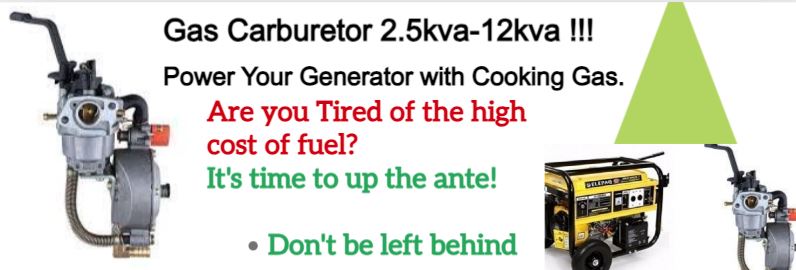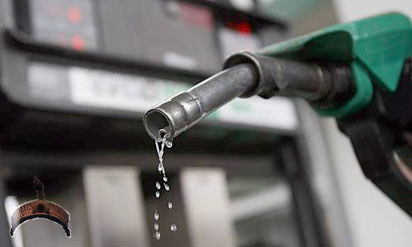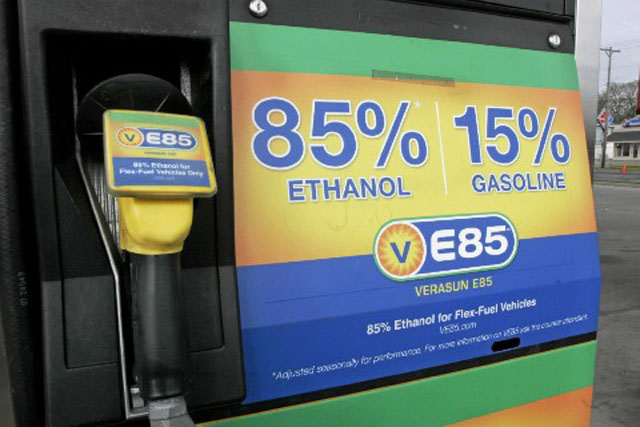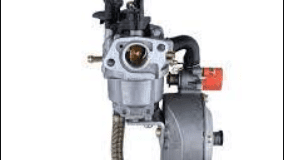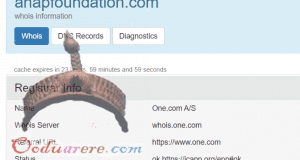What Happens When You Put Gas in a Diesel Car?
Going one other way around is a lot more harmful and dangerous for the car. Diesel is not just a fuel, but serves as a lubricant as well, in order to really damage the fuel-injector pump by utilizing gasoline as opposed to diesel.
That’s not the thing that may go wrong. Diesel and gasoline have different combustion properties, and thus gas would detonate much earlier in a diesel engine. Consequently, you’ll receive misfires and knocking that may require certain areas of the engine to be repaired, rebuilt or replaced, that will be expensive.
In the event that you learned that you accidentally put diesel into your gas-powered car, you will need to avoid running the engine immediately and get yourself a tow to a mechanic, where they’ll drain and clean your system.
What Happens When You Put E85 in a Gasoline Car?
Some pumps are defined as E85. E85 is just a fuel that’s a greater mixture of ethanol. Some cars, labelled as flex-fuel vehicles or FFV can switch between E85 and normal pump gas without issues, but when you accidentally fill your non-FFV car with E85, you might notice some issues.
First of all, you’d at the least get yourself a check engine light, but you are able to fill up the remainder of one’s tank with regular gas and ride it out. “Onetime misfueling shouldn’t cause any long-term damage,” said Babatunde Ifayemi, vice-president of industry relations at the renewable fuels association. “Even that light will cycle off after the fuel mixture issue has been resolved.” He also noticed that “accidentally fueling with extra ethanol is in contrast to a diesel misfueling that automatically shuts down the car, requires service and expensive maintenance. People are usually in a position to navigate the problem with little issue, and the amount of calls we get has dropped tremendously on the years.”
So if you’ve accidentally put E85 into your gas car, top it down with regular gas once or twice and ride it out.
What Happens When You Put PMS/ Premium Fuel in a Car that Doesn’t Need It?
Many people believe using Premium in a car that doesn’t want it will turn their car into an asphalt-eating monster. Sorry to burst your bubble, but nothing significant will happen. Sometimes, like while towing or in hot, dry weather you may see a small benefit, but as a result of engine computers adjusting their timing automatically to pay for the increased octane levels, no damage or noticeable benefits will occur.
What Happens When You Put Regular Gas in a Car that Needs Premium?
On one other hand, using lower octane fuel in a vehicle that demands premium could cause some serious internal damage. You’ll likely spot the spark knock, that is best called a kind of a high-pitched pinging or rattling noise. Fortunately, the engine computers can adjust timing to limit the quantity of damage caused, however you will definitely notice reduced performance and worse fuel economy. Switch back again to premium fuel the moment you are able to, because all that spark knock could cause long-term damage.
 Ọmọ Oòduà Naija Gist | News From Nigeria | Entertainment gist Nigeria|Networking|News.. Visit for Nigeria breaking news , Nigerian Movies , Naija music , Jobs In Nigeria , Naija News , Nollywood, Gist and more
Ọmọ Oòduà Naija Gist | News From Nigeria | Entertainment gist Nigeria|Networking|News.. Visit for Nigeria breaking news , Nigerian Movies , Naija music , Jobs In Nigeria , Naija News , Nollywood, Gist and more
